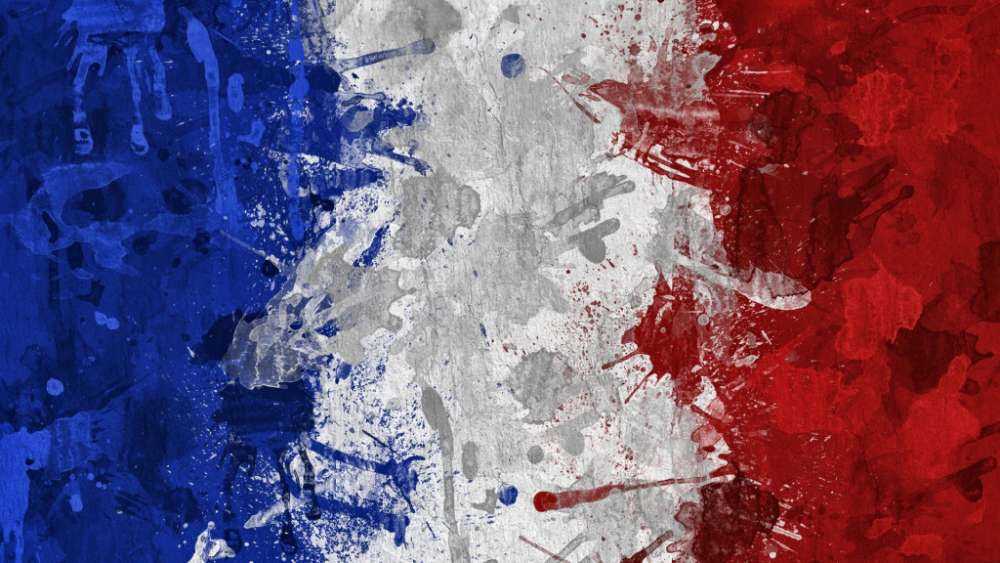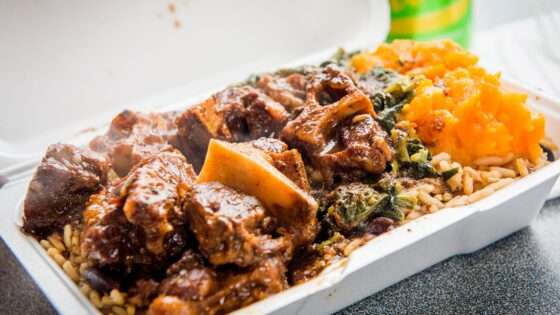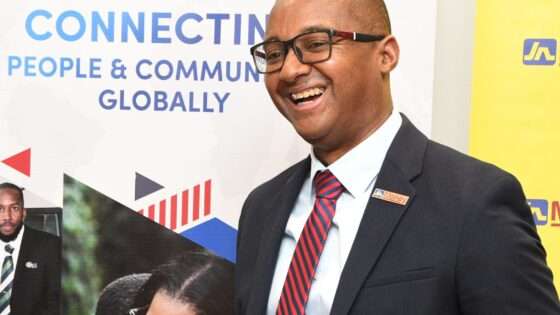on
BY HUGH ANTHONY
The terrorist attacks in Paris have left an indelible scar on our consciousness as individuals and collective societies as ISIS (Islamic State of Iraq and Syria) claims responsibility, yet again given the attacks in Beirut a few days ago. In our Western democracies, it goes against the ideals of our democracy we embrace and hold so dear and is represented by
-Freedom of speech
-Freedom of equality
-The right to practice any religion
-The right to fair trial
-The right to vote
-A government elected by the people
We ought not to give into a world of fear, which has been so effectively utilized, not just by ISIS, but also by our very own democracies to isolate and divide, as with the recent elections in Canada and Poland. What this politics of fear does is create a void and isolate citizens and people who want to embrace and understand the collective political norms rooted in democratic values. As our societies embrace immigrants and minorities that will change the status quo of our hegemonic views that Western societies hold to so dearly, we have to share the values that have held our societies together and live them, not just when it is convenient, but making it a way of life.
Our societies need to share their values, not rules; how we integrate, not isolate; how we play our game, not our rights only to arms and shoot our guns; and how we affirm our reality, not our ideals. For some western societies, their goals should be to challenge the status quo of fear and reaffirm its founding values and agreed policies and guidelines for political engagement. To do otherwise, will put our values and our democracies at peril; and on a collision path where we are responding from the axis of fear, rather than from the vantage point of political engagement. How I define political engagement is not in a traditional context, as we have come to know it, but how we collectively understand the means, ways, outlets and platforms of expression, advocacy and constructive dialogue for meaningful and sustainable change.
The responses to the terrorist attacks in Paris and Beirut, and the other cities over the past years Alexandria, Brussels, Copenhagen, Delhi, London, Madrid, Nairobi, Ottawa, Peshawar, and Sinai, and how do we move from the politics of fear to a politics of engagement, I propose three steps:
Engagement of Youths
If there was ever a time that’s considered the Enlightenment of Technological Engagement it is now. Our youths in Western democracies are now more connected to social media more ways than we want to believe than five years ago during the Arab Spring. The era of clicktivism, where at the click or tap of a button, youths become exposed to information whether or not it is factual, it impacts how their opinions are formed and how they act. It is our collective responsibility – civil society, business community, and political directorate to make youth engagement a strategic priority. To do otherwise or to hold on to the old conventional view that youths are not engaged, is misguided and will result in the reinforcement of that view and further disenfranchise them. The guided view and belief we need to embrace is that young people are willing to be involved in contributing to life and to living in a responsible manner. Thus, it challenges the notions and engages them to act and create positive social change. To do otherwise, a feeling of despair may emerge and radicalization can replace inclusive engagement. For meaningful engagement, we need to involve the youths in planning and decision-making such as social innovation, education, entrepreneurship and political advocacy, given that they affect and effect them and their peers. There are benefits to be gained by leveraging the platforms that they actively participate on and in. Our youths are not just amazing consumers, they are also excellent decision makers and innovators, who should have a say on how they curate their very own futures as well as ours.
Engagement of Minority communities
A research by the Institute of Community Cohesion (iCoCo), based at Coventry University, suggests that we are still failing to understand and reflect the growing diversity within our minority – and majority – communities. This is partly due to the sheer pace of change and increasing complexity of the diversity around us.
With the sheer pace of change in our societies, the situated and cultural context of minority communities often conflicts with mainstream ideals, not their values. To effectively engage minority communities, we have to adjust the lens from which we seek to glean their contextual realities and lived experiences. The need to engage minority communities should not be done only through traditional modalities such as through elders and community leaders alone, there is no better way to gain credibility in minority communities than by building partnerships and relationships with individuals and organization within them that have authority and collective persuasion that espouse an understanding of their socio-cultural and psycho-spiritual dynamics, their livelihoods, language, recreation and education.
The reinforcement of policies in the provision of services to minority communities within Western democracies that usually undermine their lived experiences, realities and socio-cultural contexts need to be reviewed. For change to happen we need to review and recommend strategies that incorporate an understanding of minority communities to bring about sustainable change and well-being. To do otherwise, it isolates them and undermines our abilities to build a cohesive and coherent approach for all citizens and civil society.
The priority for all societies that wants to harness the synergies of these minority communities for the collective good is to acknowledge that race and ethnicity are framed in the United Nations Human Rights Charter and incorporate that recognition in their governance framework. The issue of engagement must not only be general but specific in relations to how we recommend strategies of engagement for minority communities and how they are served and be willing to be served. That is, with dignity, respect, recognition, equality and ability, not from a perspective of fear, disdain, contempt, but seeing our differences as strength and how our similar we are, even though we appear different. Our blood is all red in color, I infer!
Engagement of Civil Society
The capacity for engagement in civil society must not only come from within dominant groups or majority population within democratic societies, but also from key affected populations, in particular, women, minorities, indigenous groups, underserved communities (such lesbian, gays, bisexual, two-spirited, queer and MSM) and youths. For this to be meaningful and sustainable, civil society actors – private, public sector and non-profit organizations – must be held to a higher level of accountability to provide greater access to affected populations.
The digital age has provided unfettered access to information in real time and at practically no cost. This media and the medium of technology can be leveraged to assist in how we engage civil society and our constituents, and how it can help them deliver and manage change in a more effective and efficient way. As Suzanne Nazal noted “social media has transferred power to the people and has given rise to online activism.” She further noted that our ability for engagement has become easier and accessible to citizens to express support for a cause or start a campaign.
There are opportunities for civil society to explore in how we communicate beyond the traditional and/or comfortable modalities. The alternative forms offer invaluable dialogue and have the potential to build a network of committed, active citizens that can positively influence civil society. The need for commitment to engagement from governments, the business community and the third sector to foster, facilitate and enable environments for organizing, championing, advocating and engaging both affected and majority communities is crucial for sustainability and livelihoods within democratic societies to operate on the values they foster, not just the ideals espoused.
While we continue to build consensus around the most momentous challenges facing our world – terrorism and terrorist attacks – let our collective energies build bridges to healing, not exacerbate tensions and our vulnerabilities that currently exist even within our own societies. But most importantly, let us not divert attention from the serious challenges of youth engagement, engagement of minorities and the collective responsibilities of civil society. They all contribute to the mosaic that creates a safe, meaningful and just society that provides a blueprint for strategic imperatives and political engagement that will create the quilt that becomes the premise upon which we strengthen the values that hold us as a society together, instead of dividing us, and foster our abilities that can help distort and destroy the politics of fear.
Stay in the loop with exclusive news, stories, and insights—delivered straight to your inbox. No fluff, just real content that matters. Sign up today!












